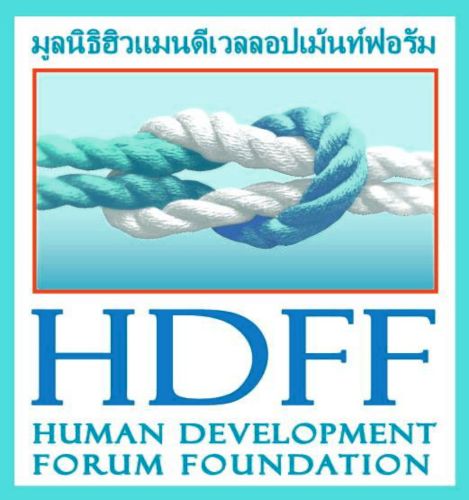Ten deaths and twelve injuries were reported in the month of June in connection to the conflict in the Deep South – a big difference to May, which saw a total of 107 injuries, and ten deaths. Whereas last month experienced several very large-scale and indiscriminate bomb attacks, resulting in huge numbers of casualties, June witnessed an increase in smaller-scale targeted attacks.
Overview of attacks
Throughout the month of June, Pattani witnessed targeted attacks in Sai Buri district, Yarang district, Yaring district, Panare district, and Khok Pho district. Four military personnel were victims, two of whom were killed by gunshots from a pick-up truck on June 3, and the other two injured by an improvised explosive device (IED) on June 4, as they guarded a road used by teachers on their route to school. A male defense volunteer was killed by gunshot on June 11 in Sai Buri, and on June 23, two rangers were wounded when an IED was remotely detonated, also as they patrolled the route teachers take to school in Yaring district. No details have emerged as to who the perpetrators were. At the start of Ramadan, shots were fired near a mosque in Panare district, wounding the father of the Mosque’s Imam, and killing an assistant village chief and religious leader. Rumors amounted that the Internal Security Operations Command (ISOC) were behind this attack, but they have denied all responsibility. (Bangkok Post)
Narathiwat witnessed two separate, but related targeted attacks on June 16. The first – a roadside bomb explosion – injured two defense volunteers providing security for teachers in Cho Ai Rong district at around 8am. The second occurred when a bomb targeting a police Explosive Ordinance Disposal (EOD) team exploded, missing the targets and killing a civilian motorcyclist passing by. A further attack in Narathiwat occurred in Tak Bai on June 28 when at least ten men opened fire on a team of policemen, killing two, in addition to wounding two civilians nearby.
Songkla witnessed one attack, on June 16. The owner of a grocery shop was killed, and his wife wounded when a group of four men on motorcycles arrived at their shop, one of whom walked inside and opened fire. The perpetrators then set fire to the shop before escaping. Police are investigating the attack.
Type of attacks
Despite the fact that most of the incidents in June appear to have been targeted attacks, civilians still make up the largest number of victims, with five killed and five injured. In all cases of civilians being attacked, the intent behind them remains so far unknown to official sources. The second biggest victims are both the police and the military. Two military personnel and two policemen were killed in June, and two of each injured. Furthermore, one defence volunteer was killed and two were wounded.
Guns were the most common type of weapon used in attacks in June, and also the most likely to cause fatalities. A total of nine people were killed by gunshot, and five injured, in comparison to one death by IED, and six injuries.
Media reports on southern conflict
A large challenge when it comes to regular reporting on the conflict in the South is the lack of reliable sources and documentation of the situation and all related activities, including the number and nature of the attacks. As a step towards ending media bias, and promoting factual knowledge about the situation, Panu Uthairat, the secretary-general of the Southern Border Provinces Administration Centre, met with local networks and government officials to put in place a set of basic standards and rules for discussing and reporting on the violence. He urged that all news outlets put more emphasis on accuracy, and reporting from all angles, to prevent the spread of misinformation and misunderstanding. (Bangkok Post)
Another problem occurs when considering the fact that the insurgency has no defined goals or leader at the forefront of it, with insurgent cells disconnected and diffuse. This poses problems for reporters and for the public trying to understand the issues. The dominant source of news for the conflict comes from Bangkok-based press, who have been accused of media bias against the Malay-Muslim minority. It has been observed that these outlets fail to give balanced reports, focusing solely on attacks against Thai Buddhists, and not on the systemic discrimination of the Muslim population. Furthermore, reports on abuses by security forces against the Malay Muslims in the south are few and far between. (The Boston Globe)
To download the PDF version please click here: HDFF South Thailand Security Report June 2014
For further information on seperate attacks, please consult HDFF’s South Thailand Security Map: HDFF South Thailand Incident Map





Comments are closed